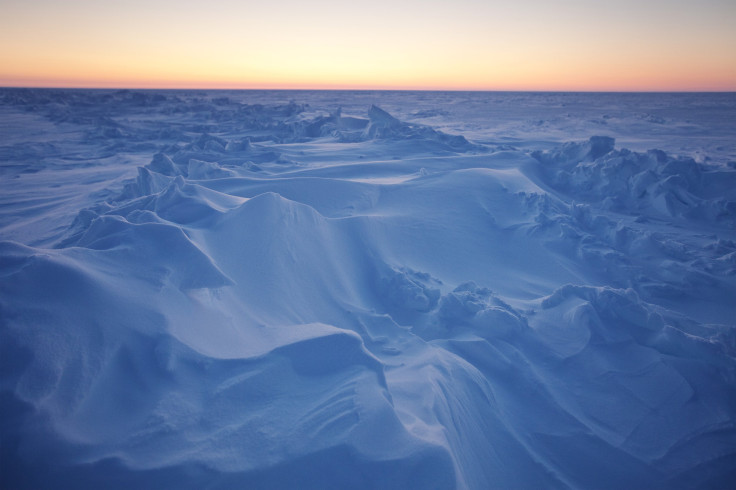Climate Change Blamed For Thinning Of Arctic Lake Ice, Shorter Winter Ice Season In Alaska: Study

Ice on Alaskan lakes beyond the Arctic Circle have suffered dramatic thinning due to the effects of climate change, creating an ice season about a month shorter than it was more than 60 years ago, according to a study of more than 400 lakes on Alaska's North Slope.
The study, conducted by researchers from the University of Waterloo in Ontario, Canada, revealed that Arctic lakes have been freezing up later in the year and thawing earlier, creating an ice season about 24 days shorter than it was in 1950. The study also revealed that climate change has radically affected the thickness of lake ice at the coldest point in the season. For example, in 2011, Arctic lake ice was up to 38 centimeters thinner than it was in 1950.
“We’ve found that the thickness of the ice has decreased tremendously in response to climate warming in the region,” Cristina Surdu of the University of Waterloo and the study’s lead author said, in a statement. “When we saw the actual numbers we were shocked at how dramatic the change has been. It’s basically more than a foot of ice by the end of winter, so it’s very significant.”
As part of the study, sponsored by the European Space Agency, the researchers documented the magnitude of lake-ice changes in the region over the period by using satellite radar imagery from ESA. The scientists determined that 62 percent of the lakes in the region froze to the bottom in 1992, while by 2011, only 26 percent of lakes froze down to the bed, or bottom of the lake.
Overall, there was a 22 percent reduction in what the researchers call “grounded ice” from 1992 to 2011, according to the study.
The researchers used satellite radar signals to determine the difference between a fully frozen lake and one that had not completely frozen to the bottom. According to them, radar signals are absorbed into the sediment under the lake when it is frozen to the bottom. But when there is water under the ice with bubbles, the beam bounces back strongly toward the radar system.
Lakes that are completely frozen appear in a very dark shade on satellite images while those that are not frozen down to the lake bed are brighter, the researchers said.
In order to determine ice cover and the thickness of lake ice in the years before 1991, the researchers used the Canadian Lake Ice Model -- a one-dimensional thermodynamic ice model -- that was originally developed to study sea ice. And, simulations from the model showed that lakes in the region froze almost six days later and broke up about 18 days earlier in the winter of 2011 compared to the winter of 1950.
“The changes in ice and the shortened winter, affect Northern communities that depend on ice roads to transport goods,” Surdu said. “More broadly, the dramatic changes in lake ice may also contribute to further warming of the region because open water on lakes, although to a lesser extent than open sea water, contribute to warmer air temperatures.”
Check out the video here:
© Copyright IBTimes 2024. All rights reserved.






















